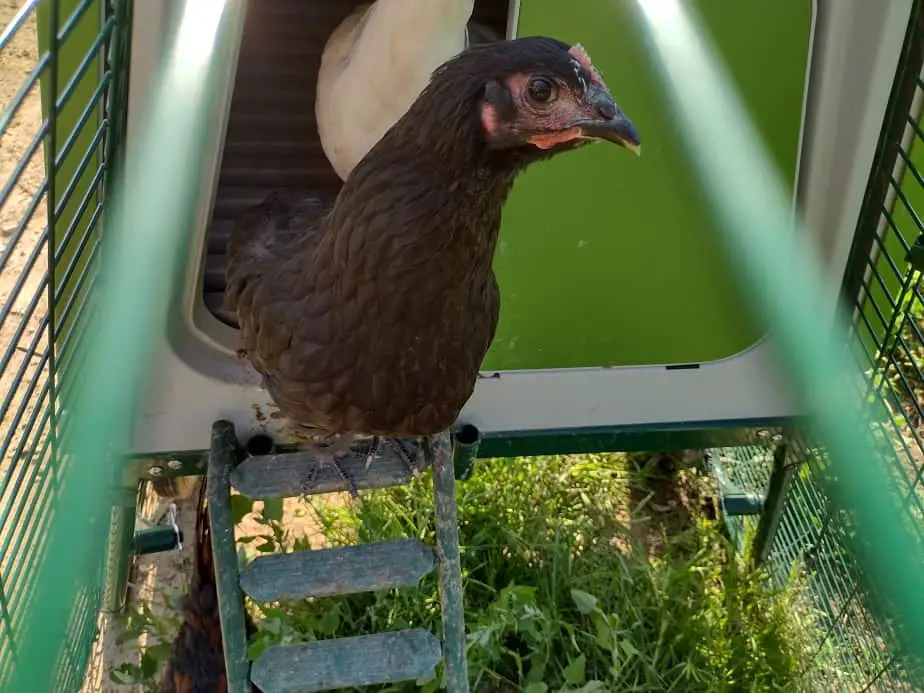Here are the most common and most severe mistakes when it comes to feeding chickens.
Over Feeding
The most common feed issue in small flocks is over-feeding. This causes gastric issues, obesity, and egg impaction. Chickens who are overfed have a shorter span of productivity, higher rates of cancers, and more intestinal and liver disease. Most birds who are overfed stop laying at around 2 years old.
I have purchased a lot of non-productive hens from small chicken operations, many of which are about 2 years old. I find that interesting because We keep up high levels of productivity for about 4 years and birds 5 old often lay enough for us still.
Recently, I acquired a small flock of 18 hens that were just about 2 years old. The owner was getting rid of them because they weren’t laying eggs anymore. I traded some firewood for them and intended to butcher them.
What I found was, every single bird was incredibly obese and at least half of them weren’t laying any eggs at all. They all should have been laying eggs if kept healthy. What happened there is known as egg impaction. There’s so much fat pressing on the organs including the oviduct, eggs just stop.
Overfeeding happens from feeding too many calories, and it’s always associated with free-feeding chickens. Let the feed bowl run out for at least a few hours every day. This prevents overconsumption and improves overall digestive function.
Here’s an article to read for more info: Free Feeding vs Restricted Feeding Chickens
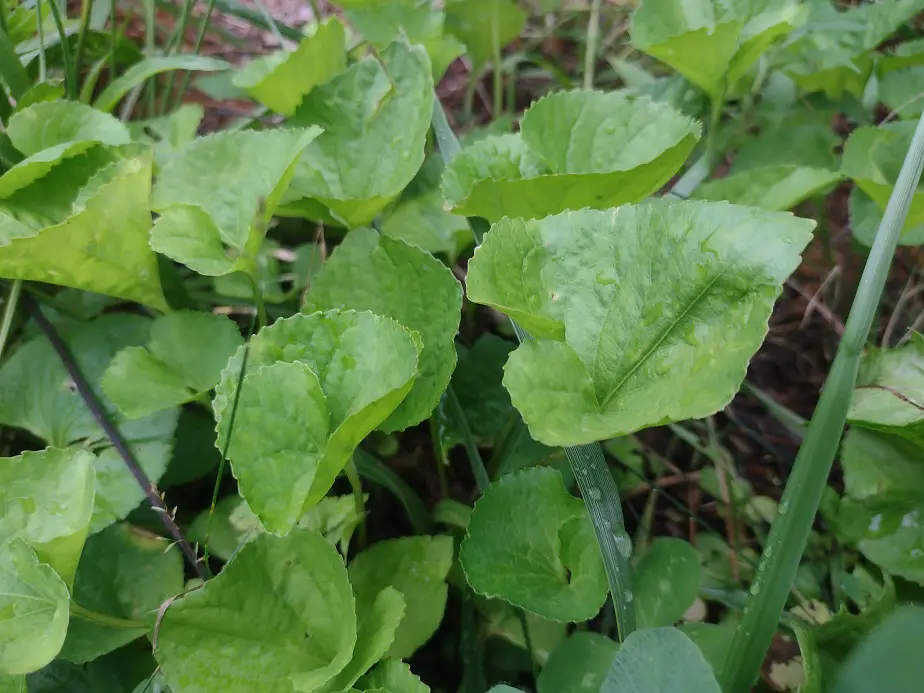
No Enzymes or Vitamins
The second most common feed problem is what I call “the dead diet”. That is, nothing fresh, nothing full of good vitamins, and no functional vitamin content. Most chicken feed does not have any vitamins to speak of. Most flocks don’t get the proper diet because of this.
Expensive feeds usually include a lot of vitamins and enzymes, but you can get a quality, and honestly better, dose of these from a free source. Fresh grass is full of potent vitamins and amazing enzymes. They are far more bioavailable (a more usable form) than any synthetic vitamins added to feed.
A little fresh grass, green weeds, or even green tree leaves will improve the diet of chickens. Their health, vigor, and immune system will all be increased and strengthened.

Dirty Feeding Area
When chickens are fed in a dirty environment, they are at high-risk of coccidiosis and other pathogenic diseases. If the feed is around an area full of manure, they will be ingesting manure with every bite. This causes harmful microbes from the manure to become more populated in the gut.
The major enemies here are the bacteria Salmonella, E. Coili, Lysteria, and the group of amoeba known as Coccidiasina. It’s also a great way to get Staph infections like bumblefoot. Small amounts of ingested manure cause the gut to weaken, become irritated, and to become overall less functional.
Keep the feed bowl in the cleanest part of your coop and know that chickens will throw feed on the ground nearby. Keep the general feed area clean. Otherwise, birds can get very sick very fast. I’ve seen it and helped to treat those issues before.
Learn about keeping chicken pens clean and chickens healthy with biochar. check out this article: Biochar for Chickens (benefits, uses, and methods)
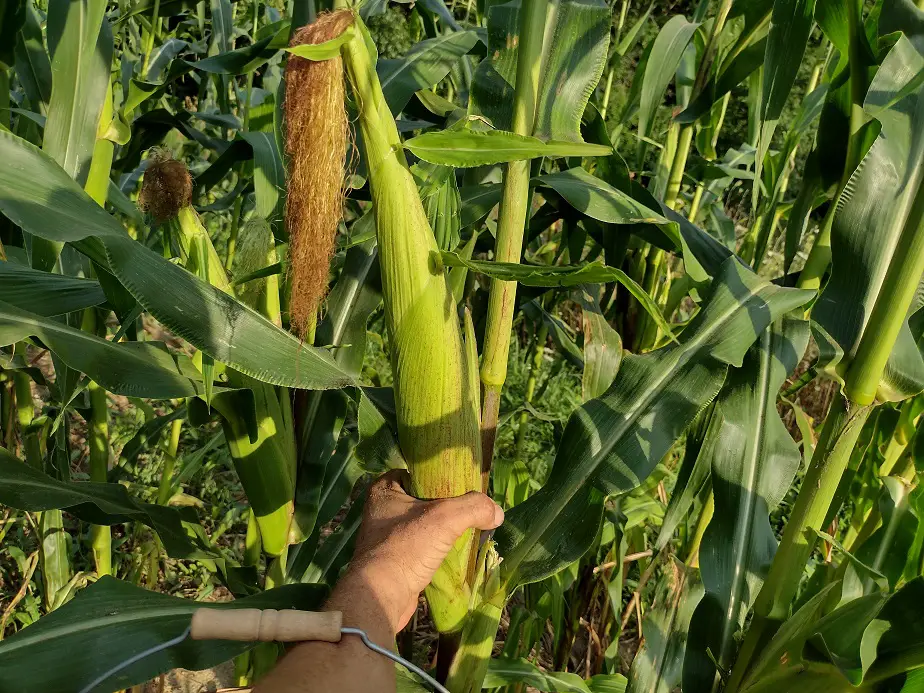
Too Much Corn
Chicken feed is 80 percent corn, but it’s the other 20 percent we need to think about. I’m talking about feeding plain corn to birds. I’ve done it. I did it for years. You can feed plain corn for the majority of a chicken’s diet if you manage the rest right. Unfortunately, it’s seldom done properly.
I you’re birds are in a coop and not able to forage in the wild, corn alone isn’t a good option. It doesn’t have the amino acids, the protein, or the minerals chickens need. Now, if your chickens are free-ranging or you want to create your own feed regimen that includes some corn, feed that corn.
When you add corn to the regular chicken feed (already 80 percent corn) you are diluting the minerals and protein in their diet. It’s tempting because corn is cheaper than feed. But, go easy on it unless you are sure you can formulate an appropriate diet using other supplements and ingredients.
Want to learn more? Read this article: Best Corn for Chicken Feed
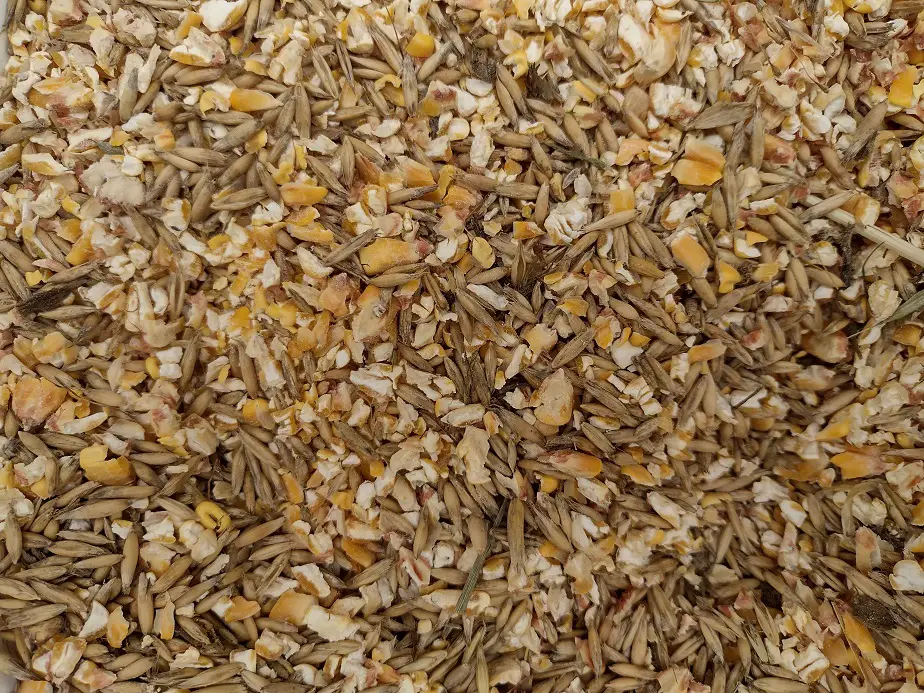
Too Much Scratch Grain
Scratch grain is often overused for the same reason as corn, it’s cheaper than feed. It’s not quite as cheap as corn, but it’s also higher in protein and it has several grains blended together, so it should be considered better than just plain corn. It is better, and it can be a fine base for a poultry diet.
But, Scratch alone just won’t cut the muster. You still need the extra protein, proper amino acids, extra calcium, and some other electrolytes. I’d still add vitamins, enzymes from fresh vegetation, and a protein source containing at least 4-ish percent lysine. I like to get up to 16 percent protein and 1-2 percent lysine overall. And, laying hens usually need 3 to 6 grams of calcium a day, depending on their quality.
If you want to include scratch in a regular feed diet, the standard is to make sure that 90 or 95 percent of the diet is a complete feed or its equivalent. If you use a lot of corn or scratch, you will have production issues and nutrition problems unless you have a way to bring the other nutrients back up.
Sweet Feed
Chickens can eat sweet feed. I’ve fed my chickens sweet feed. I’ve written articles about feeding with sweet feed. But, most of the time, it’s not done right. Sweet feed usually runs from 8 to 10 percent protein and from 0.5 to 1 percent lysine. It’s also usually quite low in calcium for laying chickens.
Sweet feed is just some general type feed with a little molasses added. It may have slightly more calories than a dry feed, and it’s going to be low in minerals and amino acids. Sweet feed by itself isn’t enough for chickens. They need more protein and calcium, mainly.
If you repurpose eggshells for calcium and have some concentrated protein sources like black soldier fly larvae or worms, it could be done. You could buy a mineral blend and some feed concentrates protein, but then it’ll be better to just buy the chicken feed in the first place.
A little sweet feed is fins as a treat, but if you’re considering using it as a primary feed, you’ll need to know what type of sweet feed it is, and you need to understand how to balance it out with other supplements.
Here’s an article I wrote about using sweet feed as chicken feed: Can Chickens Eat Sweet Feed?

All Stock
All Stock can be used as chicken feed, but it probably needs some added ingredients. I know a lot of people who have fed an All-Stock to their birds. It can be fine for older chickens and for pets, but if you want your chickens to lay 5 eggs a week or grow at a decent rate, you need better nutrition.
I used to buy an all-stock for chicken feed. It was 50 percent cheaper than chicken feed and it worked for us. This particular one had more calcium that most, but it was still lower in protein, moderate in minerals, and had a lot of fiber. We switched to a more commercial-type diet when we wanted to sell eggs.
I understood that more profit could be made by increasing the number and quality of eggs, so we ped a more adequate diet and the production increased by something like 50 or 70 percent; not quite double. Since we were selling the eggs, we came out ahead even with the extra cost.
Here’s an article I wrote with more information: Can Chickens eat All Stock Feed?
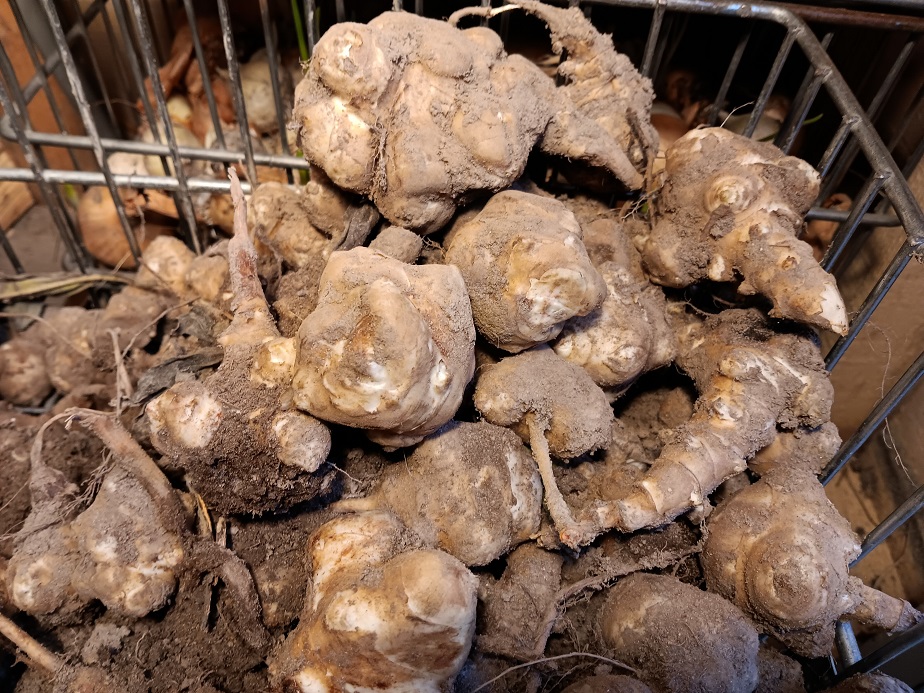
Too Little Protein
Many feeds are too low in protein for the production, or for the type of chickens, that people want to maintain. Most chicken feeds are 16 percent protein. That’s the minimum for layers. For growing broilers, 18 is preferred as the minimum.
Considering that as a minimum, realize when you need to up that from the bare minimum. If your birds are having feather issues, increase the protein a bit. If they are molting, increase the protein. If you want them to lay better throughout the winter, increase the protein.
A lot of the time, feeding kitchen waste and making homemade feed results in a lower protein diet. I’m not saying don’t do that, do what you need to, But, realize that if you aren’t seeing the growth or production you’d like, it’s probably a protein issue. And by protein, I’m talking meat, beans, or bugs.
To Much Protein
With the popularity of concentrated proteins like mealworms and soldier fly larvae, too much protein has become a concern in chicken feed. Protein concentrates can run from 25 to 90 percent pure protein. The highest of them are bug and meat-based. Both are a healthful choice for poultry within reason.
Feeding dried Mealworms and Black Soldier Fly larvae are commonplace, but if fed more than as an occasional treat, you can cause malnutrition and kidney damage in chickens and other poultry.
Some birds like pheasants, turkeys, and jungle fowl require almost 30 percent protein. They have the gut to handle it and the gusto to require it. Common chickens never need more than about 20 or 21 percent. Also, these additional protein concentrates usually water down the mineral content of feed.
Chickens are very fussy about their calcium. By the time the eggshells are showing up thin, a chicken is already beginning to deplete calcium from her own skeletal system to keep up egg production. If you see that happening, you might need to quit with all treats and shacks, and maybe increase the calcium intake.

Wrong Type of Feeder
The finer-particled a feed is, the more contained it should be. Using the wrong feeder or feeding method for the type of feed results in wasted feed and extra expenses. The least amount of feed is wasted when in pellet form and fed in an enclosed, platformed system.
A mash (finely ground meal or powder) needs to be fed within a hopper system and requires a fairly enclosed system to keep from being overly wasteful. Any more, I don’t buy a mash because too much ends up wasted with my feeder system. We use bowls and a small, plastic chicken feeder.
Every time, at least 15 to 20 percent of the mash ends up on the ground and the particles are so small, chickens can’t really pick most of it up. I’ve seen as much as 50 percent waste when feeding a mash that ended up on the ground. Mash needs to be in a compact trough system or a feed hopper with a catch pan under it.
Crunbles work decently in a small hopper feeder, but I’d put a larger, allow dich under it to catch what falls to the wayside. For adult birds, I only feed a pellet if we buy a feed. Pellets work fine in a bow or dish, when they spill (they always do) the chickens will still pick up the pellets from the soil.
Related Articles:

